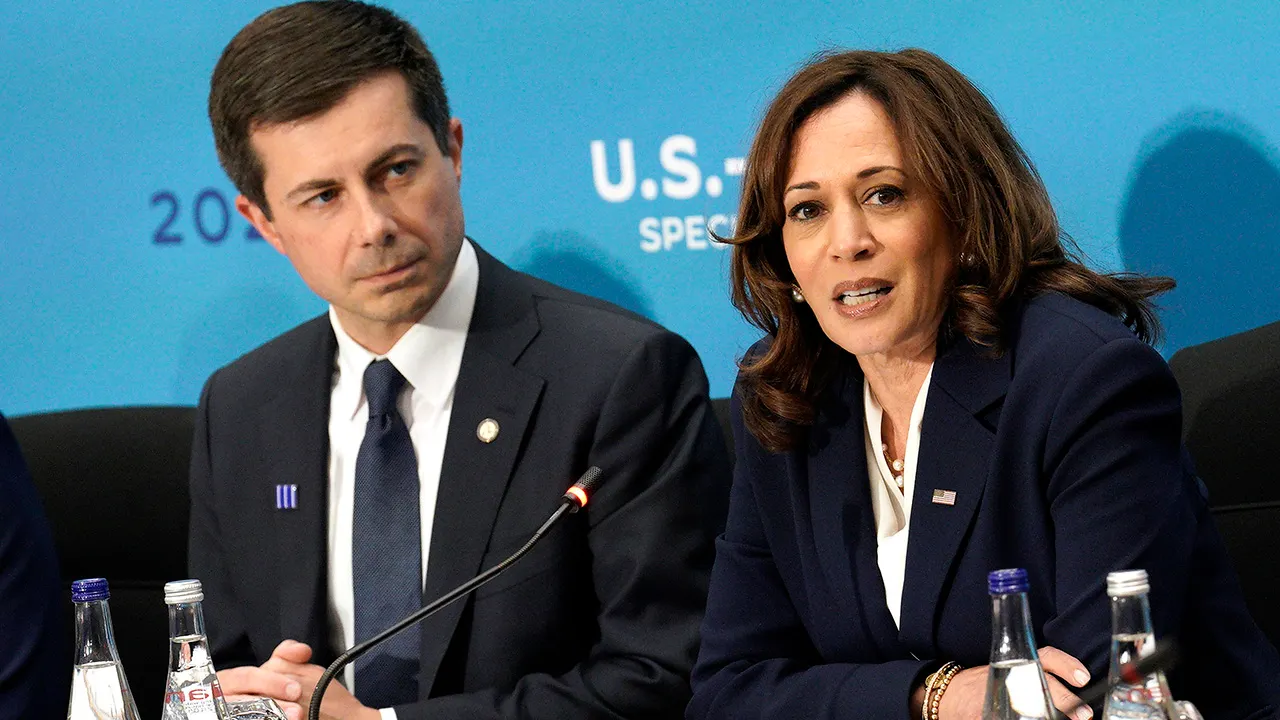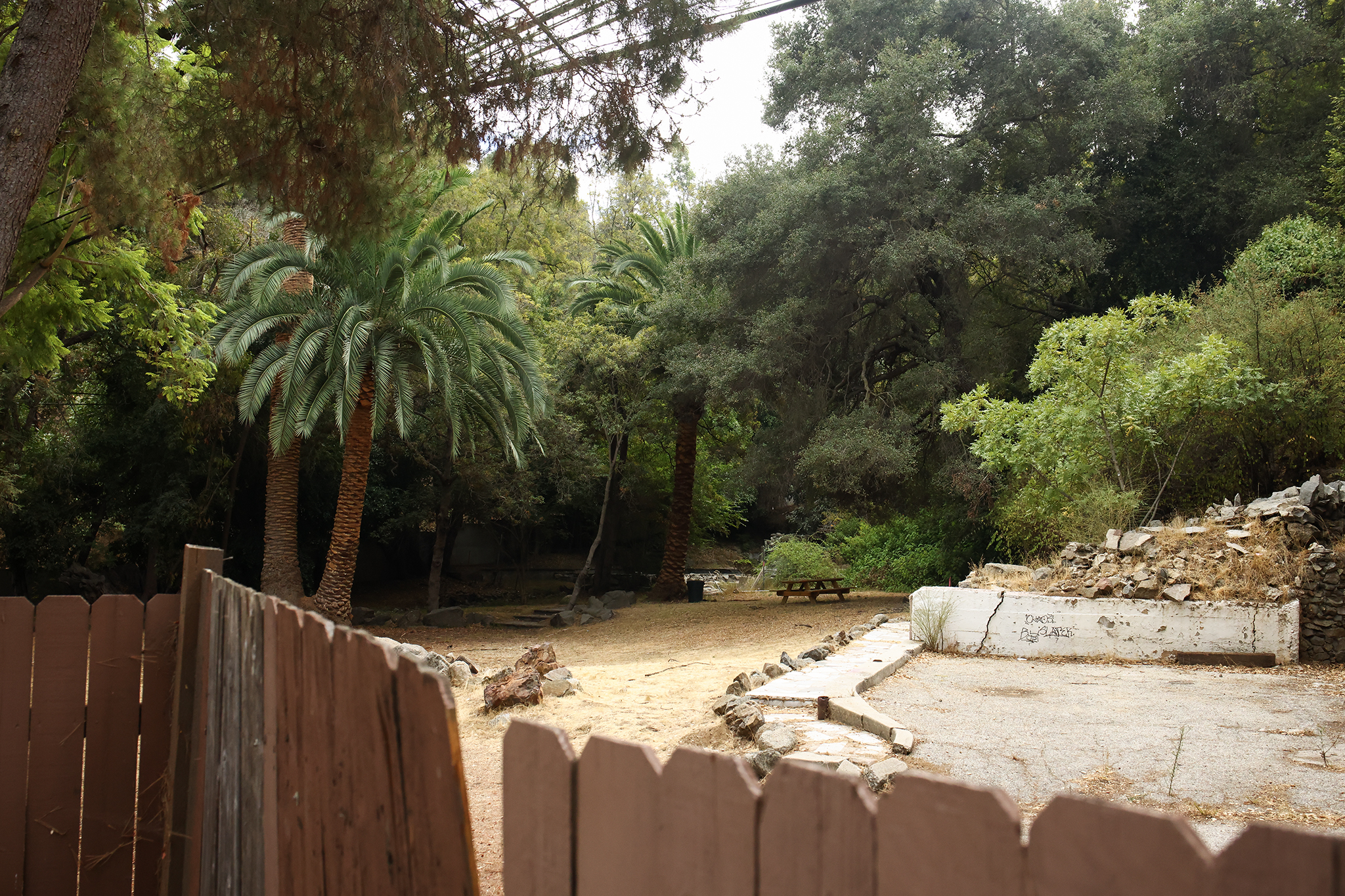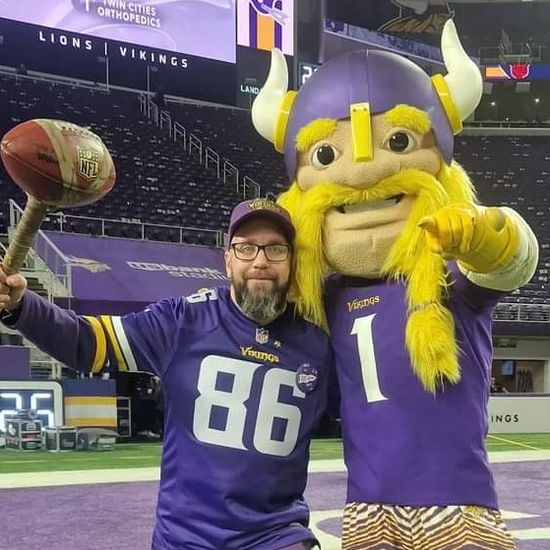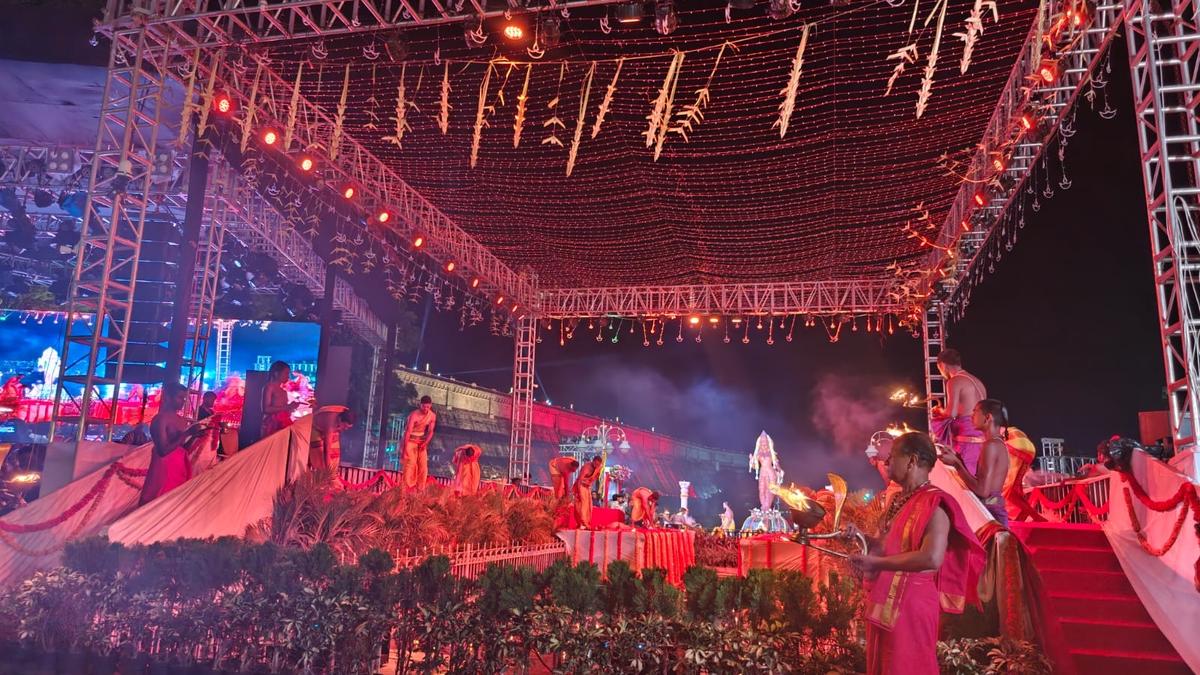Rick Hendrick ally Ray Evernham outline the fixes NASCAR needs as fans lament the sport’s fading glory
By Anurup Chakraborty
Copyright sportskeeda
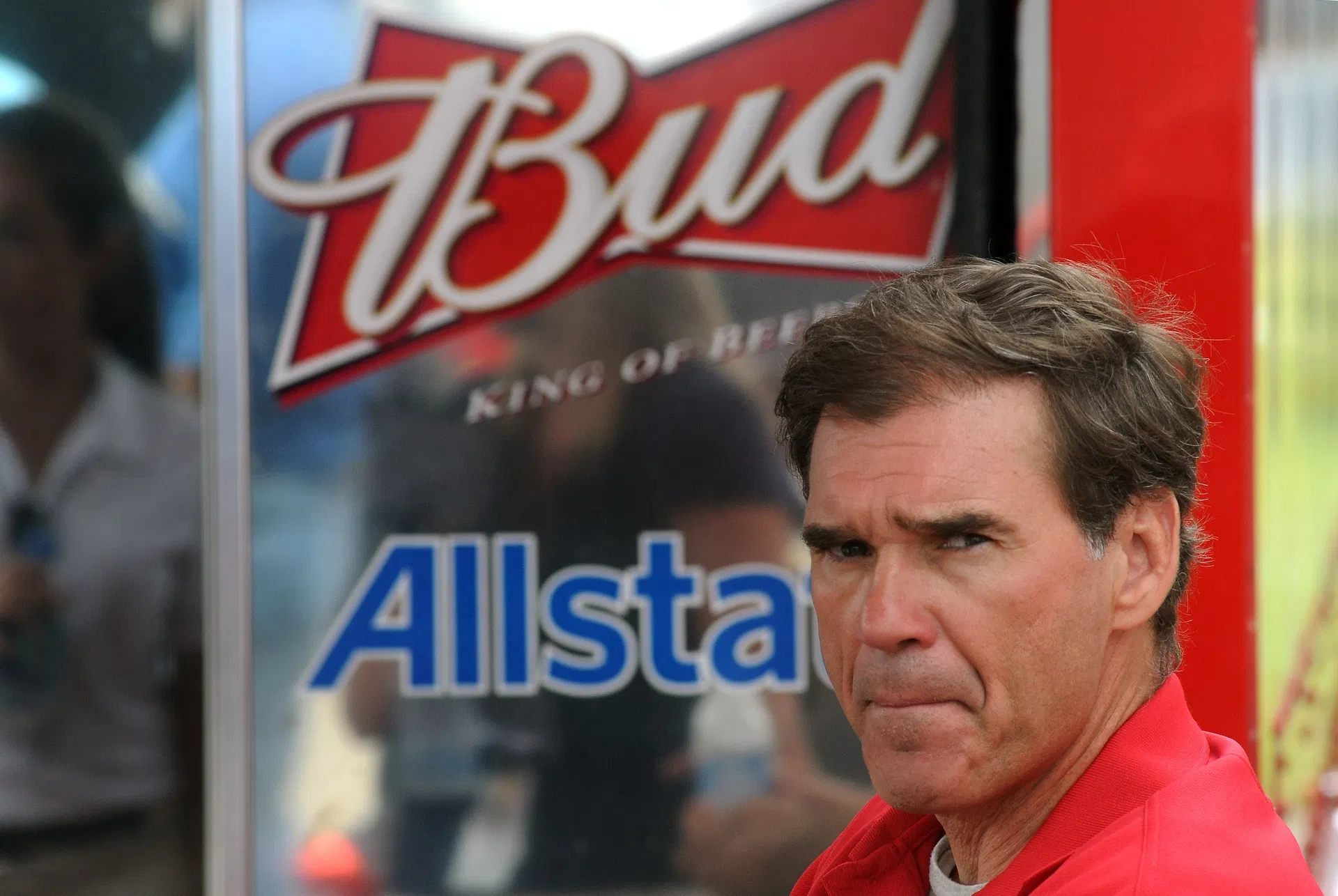
NASCAR’s playoff stretch has been a mix of compelling races and discouraging headlines, and Ray Evernham has suggested some answers. Ryan Blaney’s win at New Hampshire was decisive on the track, but it came in front of just 1.29 million viewers, the lowest Cup Series audience of the season.For the first time, four consecutive playoff events have failed to clear two million, and fans have argued over the causes for weeks. Some cite the playoff format, others the Next Gen car. And with the NFL’s record-setting audiences and Formula One’s continued rise in the U.S., the debate around NASCAR’s direction has only intensified.Yet despite the concerns, the business side tells a very different story. Charter prices continue to climb, with recent reports placing the market value as high as $45 million. Legacy Motor Club co-owner Jimmie Johnson is in the process of securing a third charter from Rick Ware Racing at that level, underscoring the financial strength teams still see in the system.On Kenny Conversation, longtime Hendrick Motorsports ally and consultant Ray Evernham explained why the numbers make sense.”You come at that from two things. You look at it as a businessman and sports. You think, okay, if you’re spending $40 million, you know that NASCAR is a good business case. And that charter is going to get big, and you can make money at it. And I know that there’s a lot of argument going on, but you’re not going to spend $40 million if you know you can’t make money.” (0:50 onwards)Ray Evernham pointed out that charters, like franchises in other sports, create a lasting revenue stream. Sponsors can justify their investments, and owners gain leverage in negotiations. With 36 charters currently in place, and NASCAR considering expansion in the years ahead, its rising value signals investor confidence in the sport’s long-term health.But Evernham’s bigger concern was not the business. It was the culture.”My opinion, NASCAR as a business is still going to continue to grow… As long as we’re still driving up and down the street in cars, people are going to race them. And I would like to see more of the personality like yours (Kenny Wallace), like your brothers (Rusty Wallace), the Dale Earnhardts. Those things put more back into the sport.” (1:50 onwards)To him, NASCAR’s current generation lacks the iconic stars that defined the 1990s and early 2000s. While Chase Elliott and Denny Hamlin carry large followings, the magnetism of Rusty Wallace, Dale Earnhardt Sr., and Jeff Gordon hasn’t been replaced.Ray Evernham calls for change in the Next Gen car: “I’d like to see more adjustability”Ray Evernham during the 2006 Ford 300 at Homestead Miami Speedway. Source: ImagnThe Next Gen car, introduced in 2022, was designed to level the playing field. Four seasons later, its promise of parity has often translated into pack racing and limited passing. The car’s high downforce and heavy dirty air make it difficult for drivers to pass. On tracks with only one racing line, races too often settle into a pack.That’s where Ray Evernham sees a need for change.”I would like to see the drivers and crew chiefs have more ability to adjust the car to suit the way they want to drive it. Now you get in a car, you got to drive it the way it has to be driven, by what the data says. I’d like to see more adjustability in the car personalized towards the driver. And I want to see more personal drivers. I want to know who they are, what they are behind the scenes,” he added in Kenny Conversation. (2:50 onwards)His point reflects a larger culture shift. The durability of the Next Gen car, with composite panels that bounce back from contact, has made racing more fragile. Denny Hamlin had pointed out that in the Gen 4 and Gen 5 eras, even light wall contact bent fenders, upset aerodynamics, and slowed cars.Today, with cars built to withstand harder hits, mistakes carry fewer penalties and, as Ray Evernham suggests, uniqueness in setups has been sacrificed for uniformity. But the fixes the car needs aren’t just about aerodynamics. The business may be growing, but in his eyes, the next step is to bring back the people and the product that made NASCAR a cultural force in the first place.
